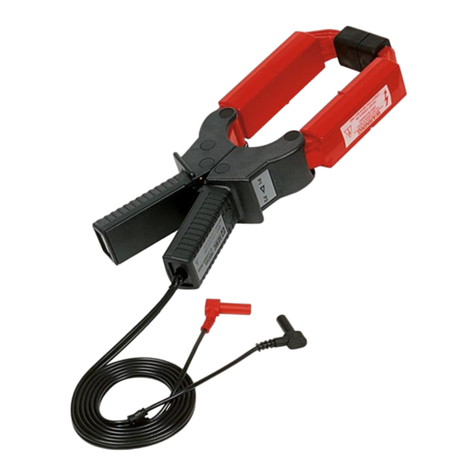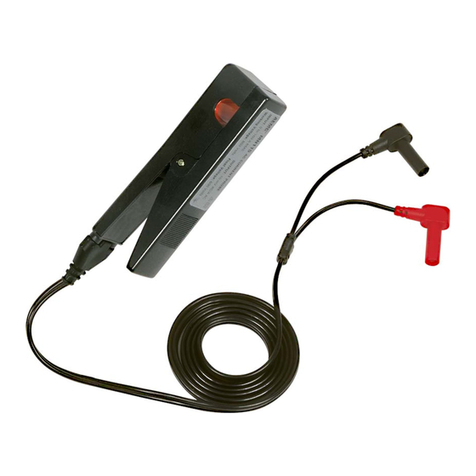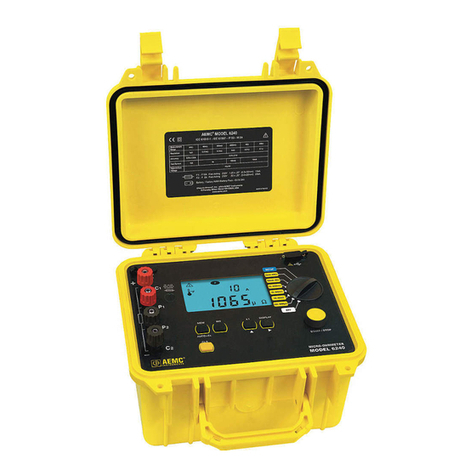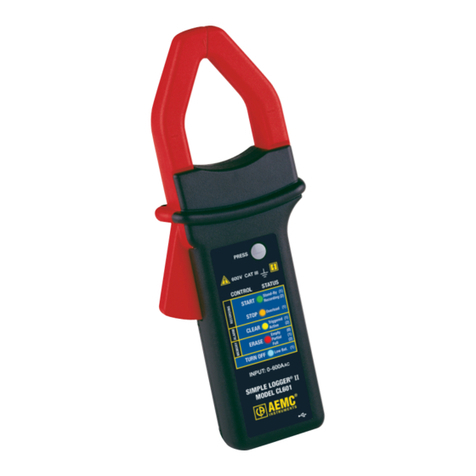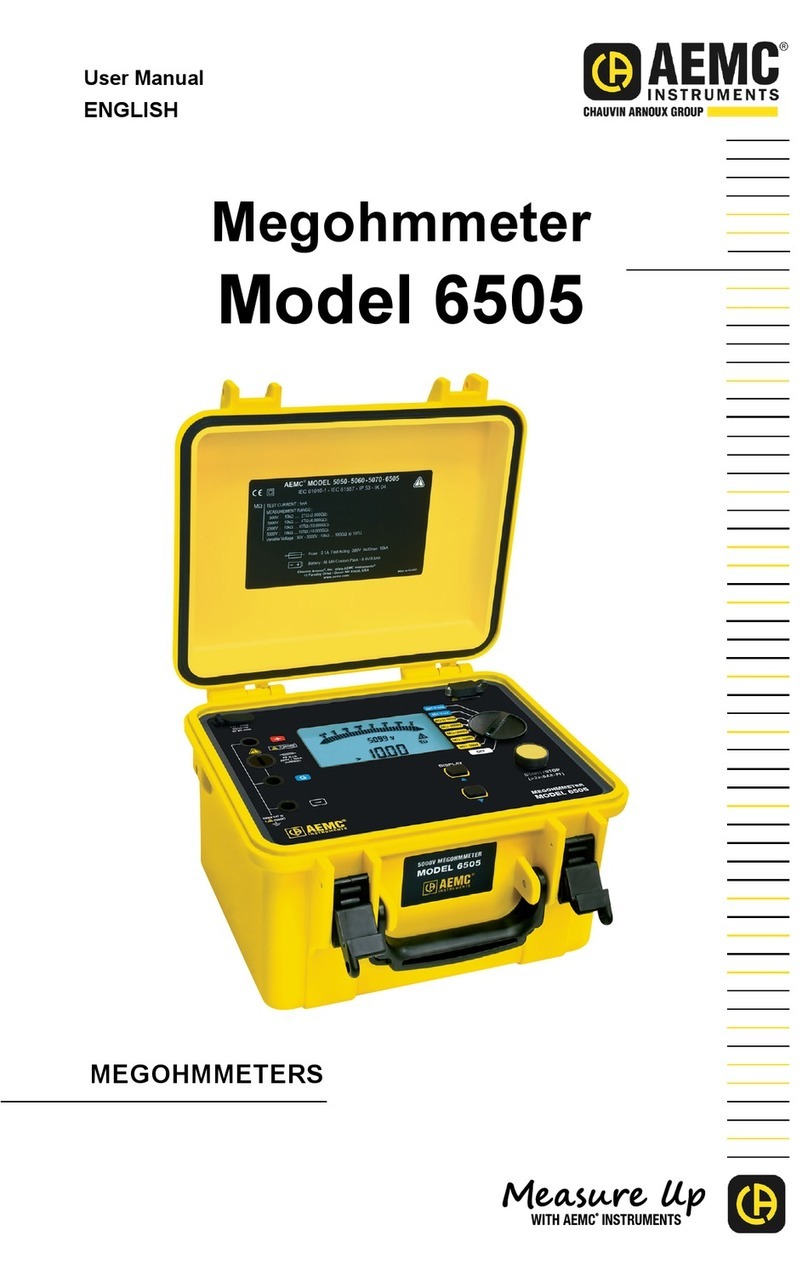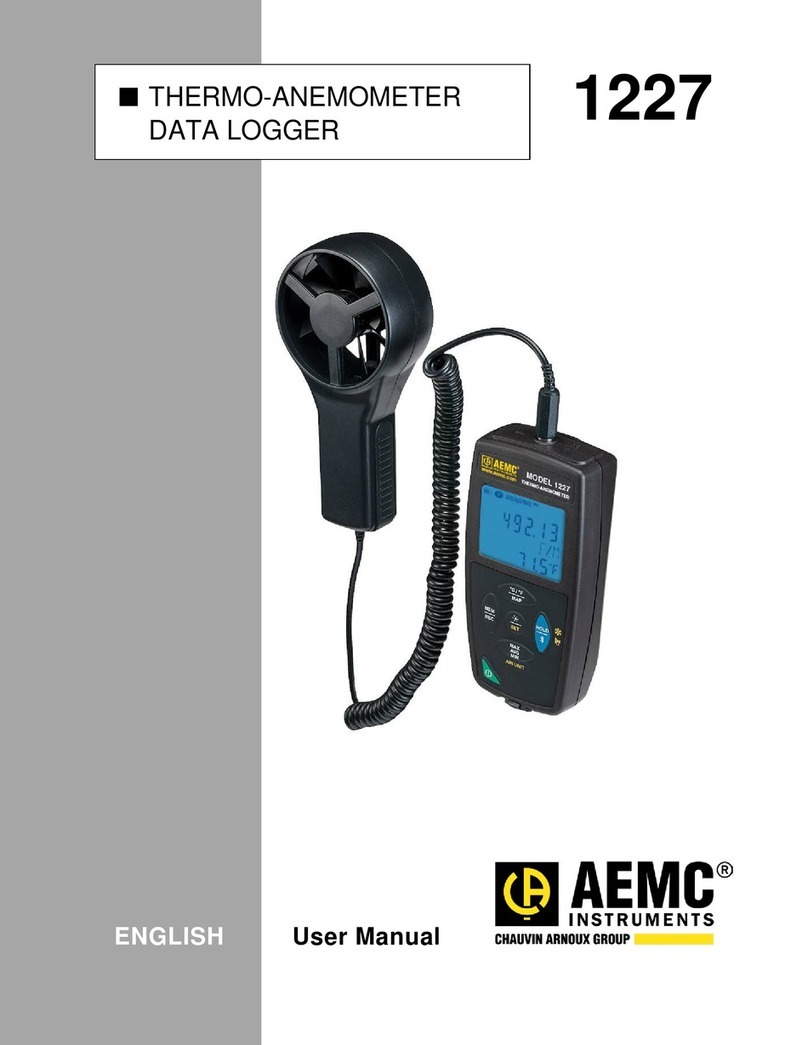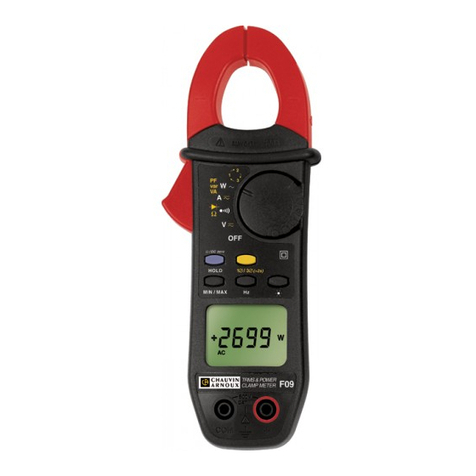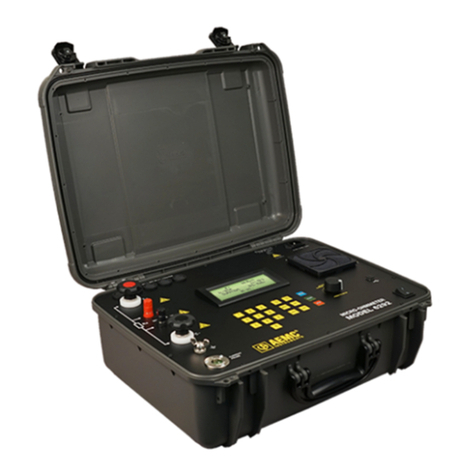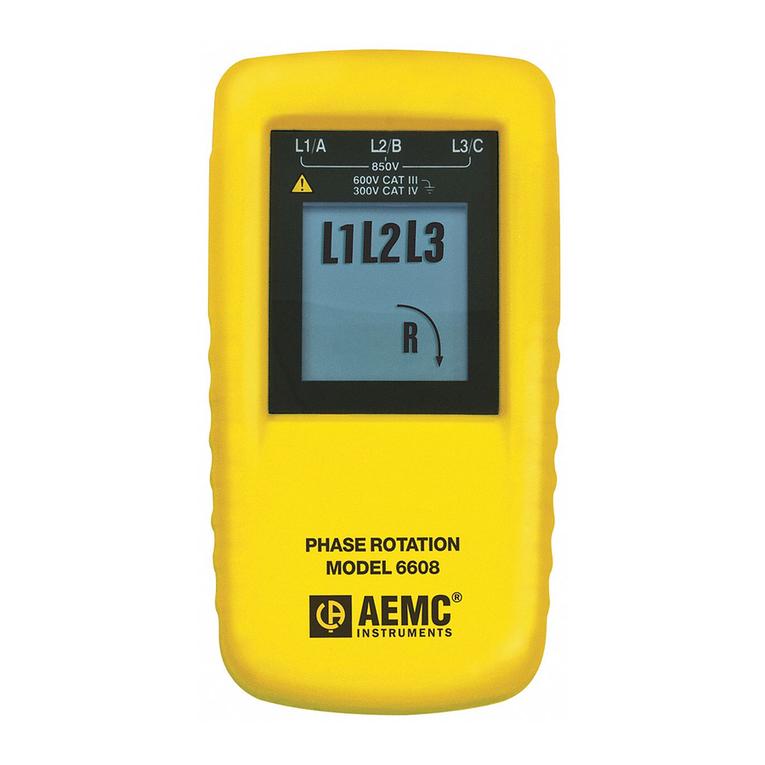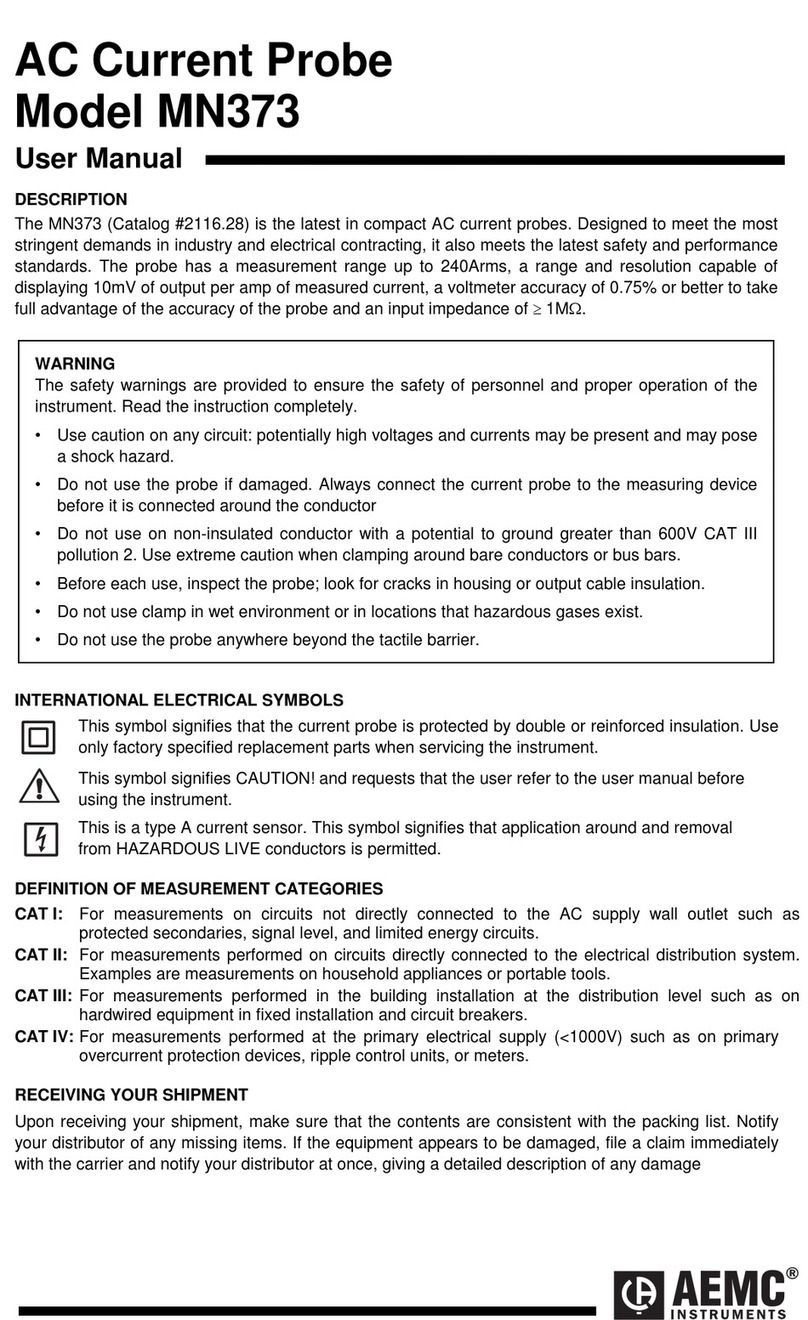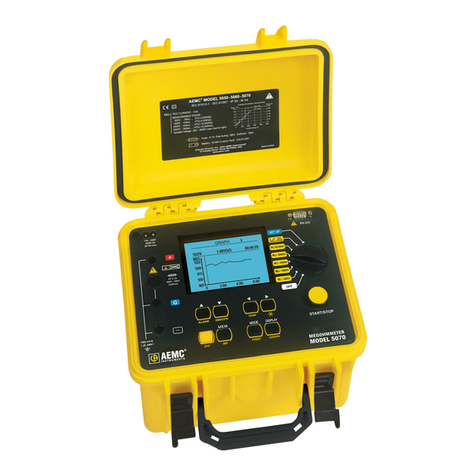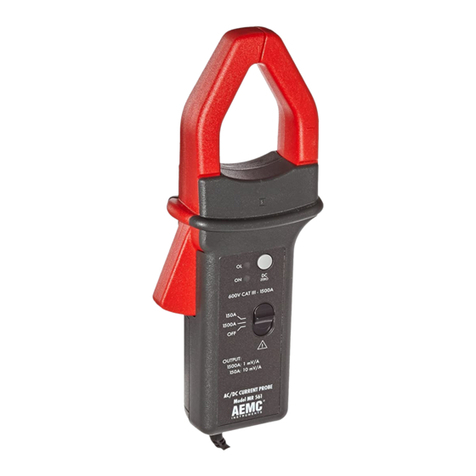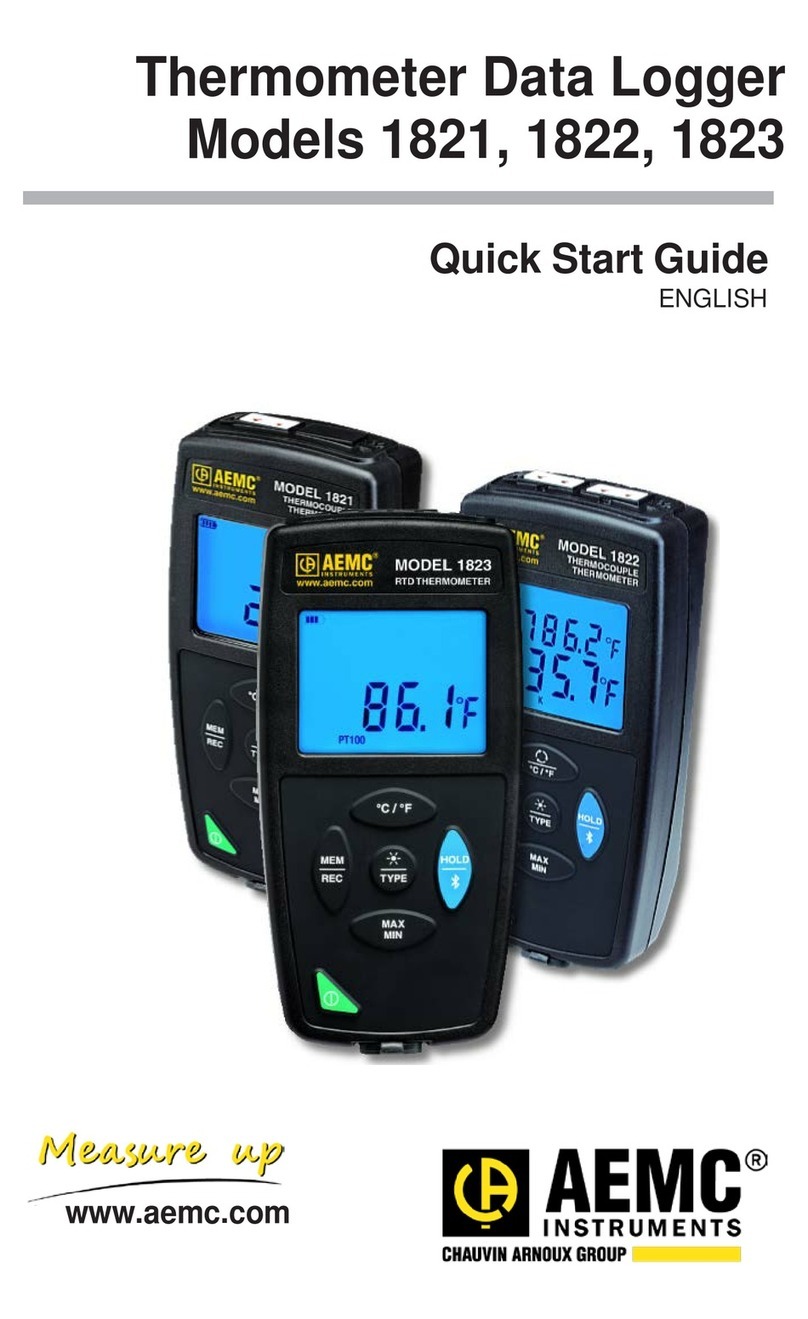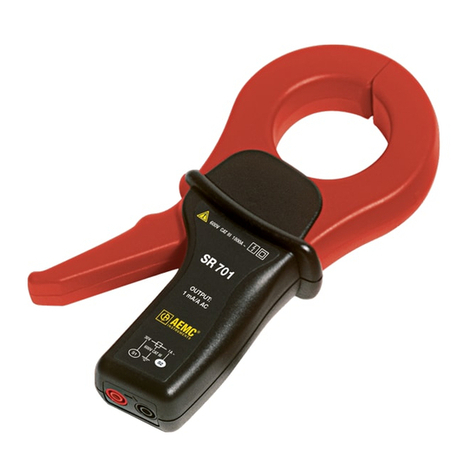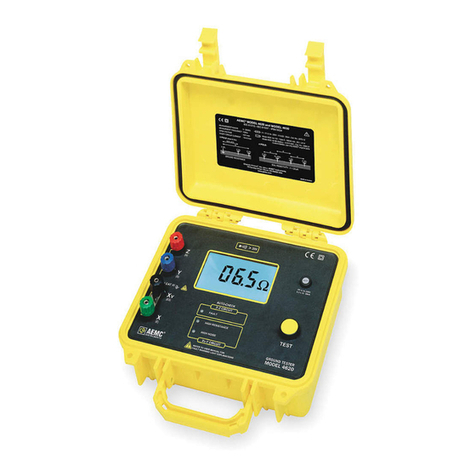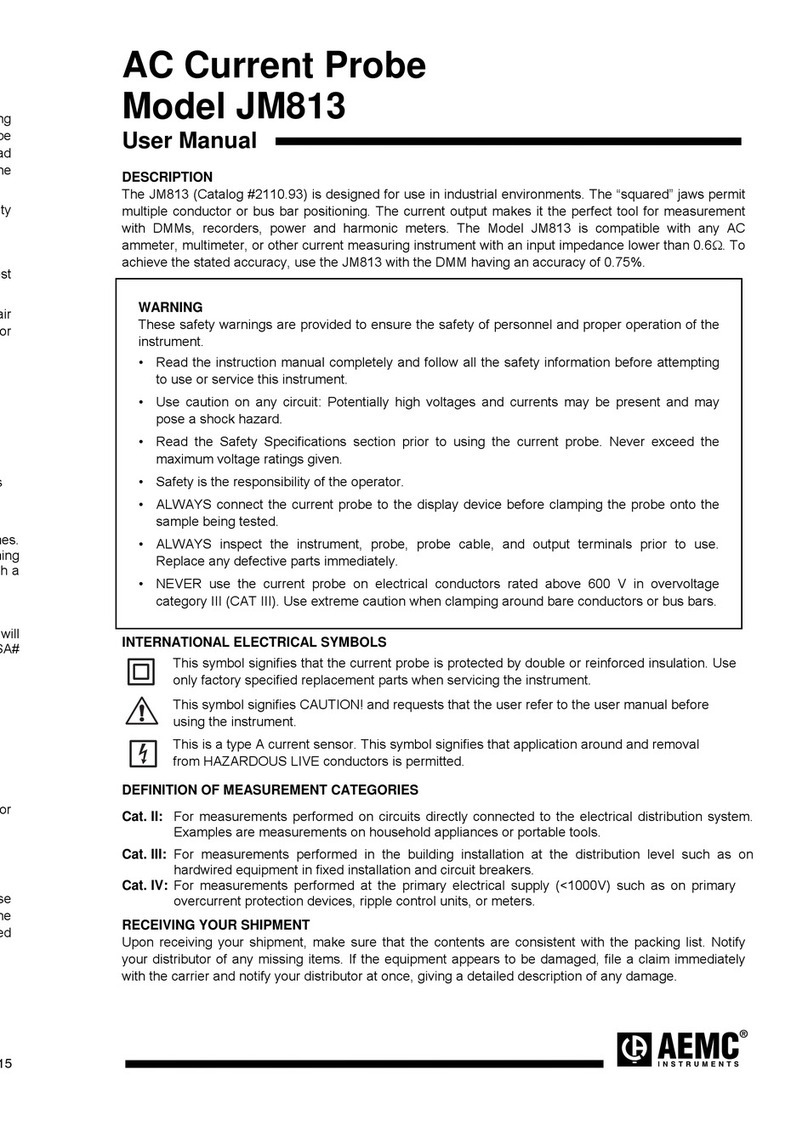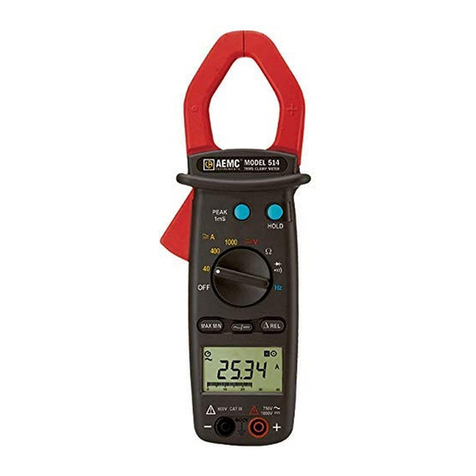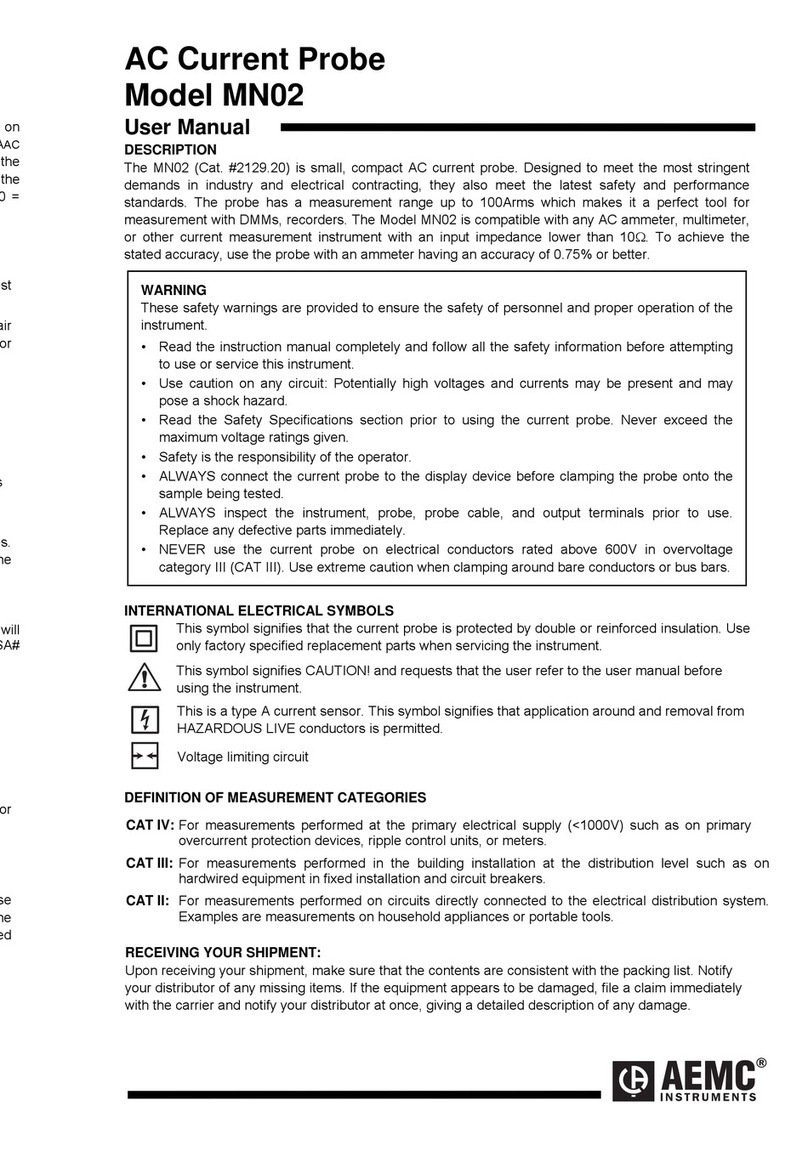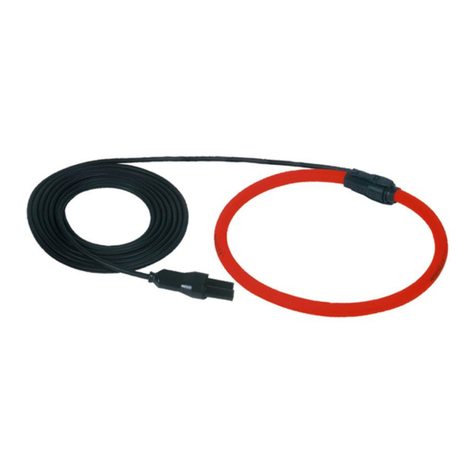
5
PRECAUTIONS FOR USE
This instrument is compliant with safety standard IEC 61010-2-030, the leads are
compliant with IEC 61010-031, and the current sensors are compliant with IEC
61010-2-032, for voltages up to 600 V in category IV or 1000 V in category III. Failure
to observe the safety instructions may result in electric shock, fire, explosion, and
destruction of the instrument and of the installations.
The operator and/or the responsible authority must carefully read and clearly
understand the various precautions to be taken in use. Sound knowledge and a
keen awareness of electrical hazards are essential when using this instrument.
If you use this instrument other than as specified, the protection it provides
may be compromised, thereby endangering you.
Do not use the instrument on networks of which the voltage or category
exceeds those mentioned.
Do not use the instrument if it appears to be damaged, incomplete, or poorly
closed.
Before each use, check the condition of the insulation on the leads, housing,
and accessories. Any item of which the insulation is deteriorated (even
partially) must be set aside for repair or scrapping.
Use only the leads and accessories supplied. Using leads (or accessories) of a
lower voltage or category reduces the voltage or category of the combined
instrument + leads (or accessories) to that of the leads (oraccessories).
Use personal protection equipment systematically.
Keep your hands away from the terminals of the instrument.
When handling the leads, test probes, and alligator clips, keep your fingers
behind the physical guard.
Use only the external power adaptor and battery pack supplied by the
manufacturer. They include specificsafety features.
Some current sensors must not be placed on or removed from bare conductors
at hazardous voltages: refer to the sensor manual and comply with the
handling instructions.












